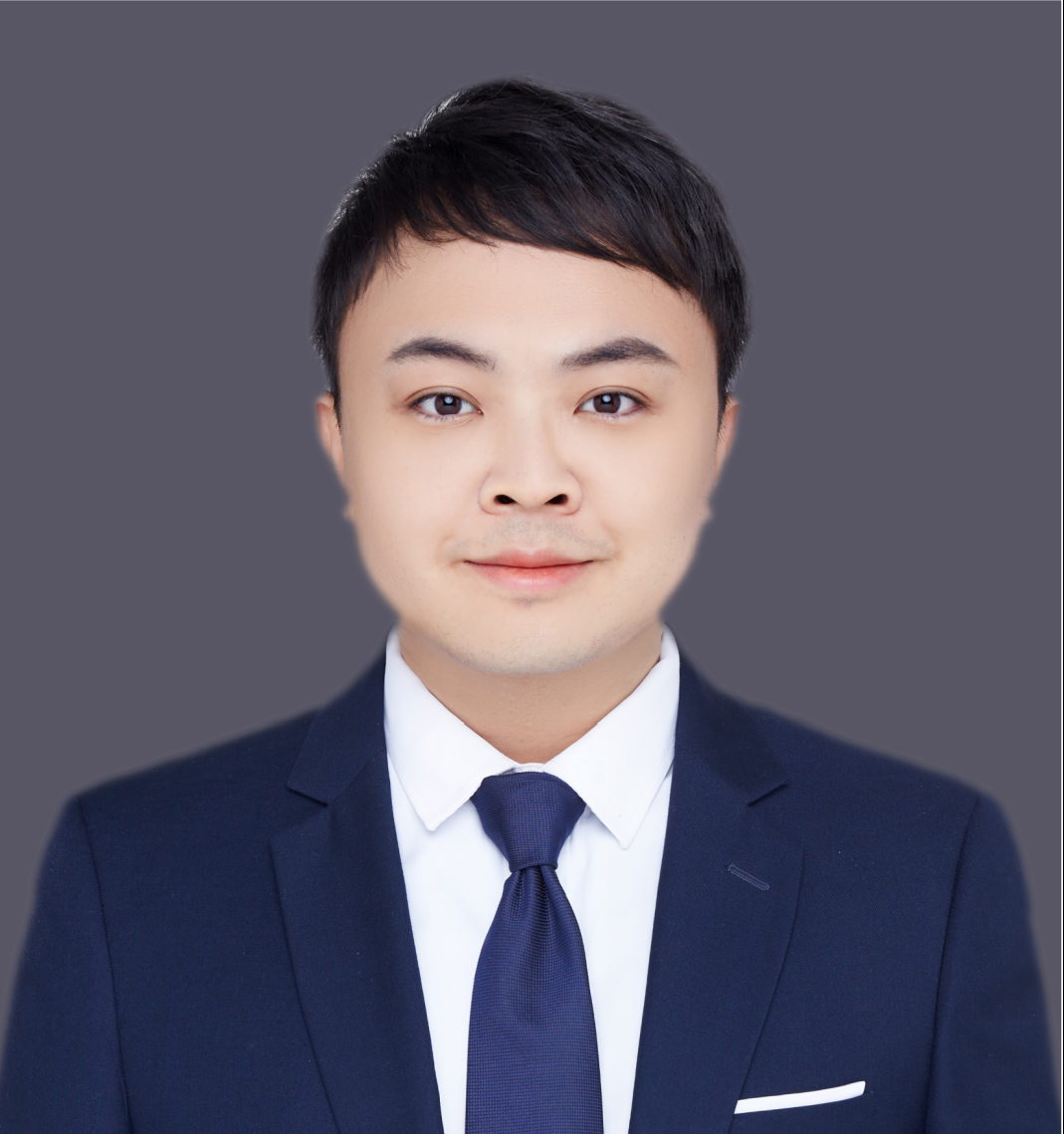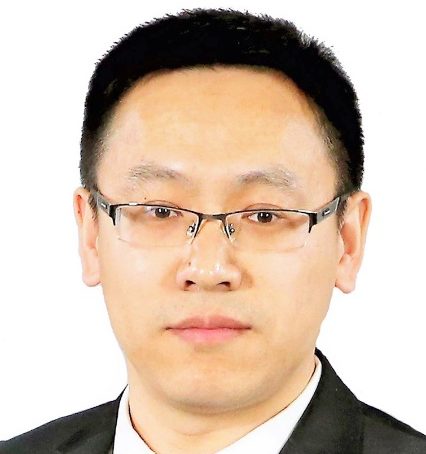3rd Workshop on Integrated Sensing and Communications:
Toward Future Dual-Functional Network
(in conjunction with IEEE WCNC 2022)
10 April, 2022 Austin, USA
Important Dates
Submissions deadline
Dec 31, 2021
Notification of acceptance
Jan 31, 2022
Camera-ready deadline
Feb 25, 2022
Workshop date
will be updated shortly
WCNC 2022 3rd Workshop on Integrated Sensing (Radar) and Communications: Toward Future Dual-Functional Network
10-13 April, 2022 Austin, USA
CALL FOR PAPERS
The communications and signal processing societies are welcoming the research trend of integrating radar/sensing with communications as a new era of information technology, which triggers a vast number of innovative applications such as autonomous vehicles, intelligent street lights, wearable Internet of Things (IoT) devices, indoor positioning, next-generation mobile phones, etc. This emerging avenue of research is typically referred to as Integrated Sensing and Communication (ISAC).
The ISAC can be implemented through a synergistic design of communications and radar/sensing systems with shared spectral and hardware resources, wherein the strategies of cohabitation designs and/or dynamic spectrum allocation/access with interference suppression or management are mainly devised. The ISAC can also be implemented from a co-design perspective, wherein the communications and radar/sensing systems are able to operate in parallel with jointly optimized performance. In essence, ISAC can acquire two main advantages over dedicated sensing and communication functionalities: 1) Integration gain to efficiently utilize congested resources, and even more interestingly, 2) Coordination gain to balance multi-functional performance or/and perform mutual assistance. It is worth noting that the rapid evolution of ISAC also illustrates a possible future dual-functional network to enable novel services for civilians, in which sensing collects and extracts information from the noisy observation, while communication is to transfer information via specifically tailored signals and recover it.
A number of new challenges are emerging, triggered by this novel design paradigm. Despite having drawn huge attention from both academia and industry, many open problems are still to be investigated. This workshop aims at bringing together researchers from academia and industry to identify and discuss the major technical challenges, recent breakthroughs, and novel applications related to ISAC and multifunctional network.
Topics of interest include but are not limited to:
Organizers

Taneli Riihonen
Tampere University, Finland

Weijie Yuan
Southern University of Science and Technology, China

Yongzhe Li
Beijing Institute of Technology, China

Yuanhao Cui
Beijing University of Posts and Telecommunications, China
Subscribe to our Newsletter
Instructions for Authors

Submission Instructions
Proposal submissions should be submitted as a single PDF file online via EDAS. Proposals that address exciting topics in creative formats that generate lively interactions among participants are highly encouraged. Examples include facilitating multi-disciplinary discussions across academicians, practitioners, and policymakers leading to high impact and transformative research. Conference content will be submitted for inclusion into IEEE Xplore as well as other Abstracting and Indexing(A&I) databases.

Template
This LaTeX template should be useful in complying with the above requirements, but as an author you bear the final responsibility to verify that your submission is format-compliant. For more information, please visit https://www.ieee.org/conferences /publishing/templates.html

Submission Portal
Submit your paper at https://www.edas.info/newPaper.php?c=28610&track=109167. Accepted and presented papers will be published in the IEEE WCNC 2022 Workshop Proceedings and submitted for inclusion in the IEEE Xplore.
Endorsed By
IEEE Communications Society Integrated Sensing and Communication Emerging Technology Initiative
Get in Touch
Need more information about the workshop?
